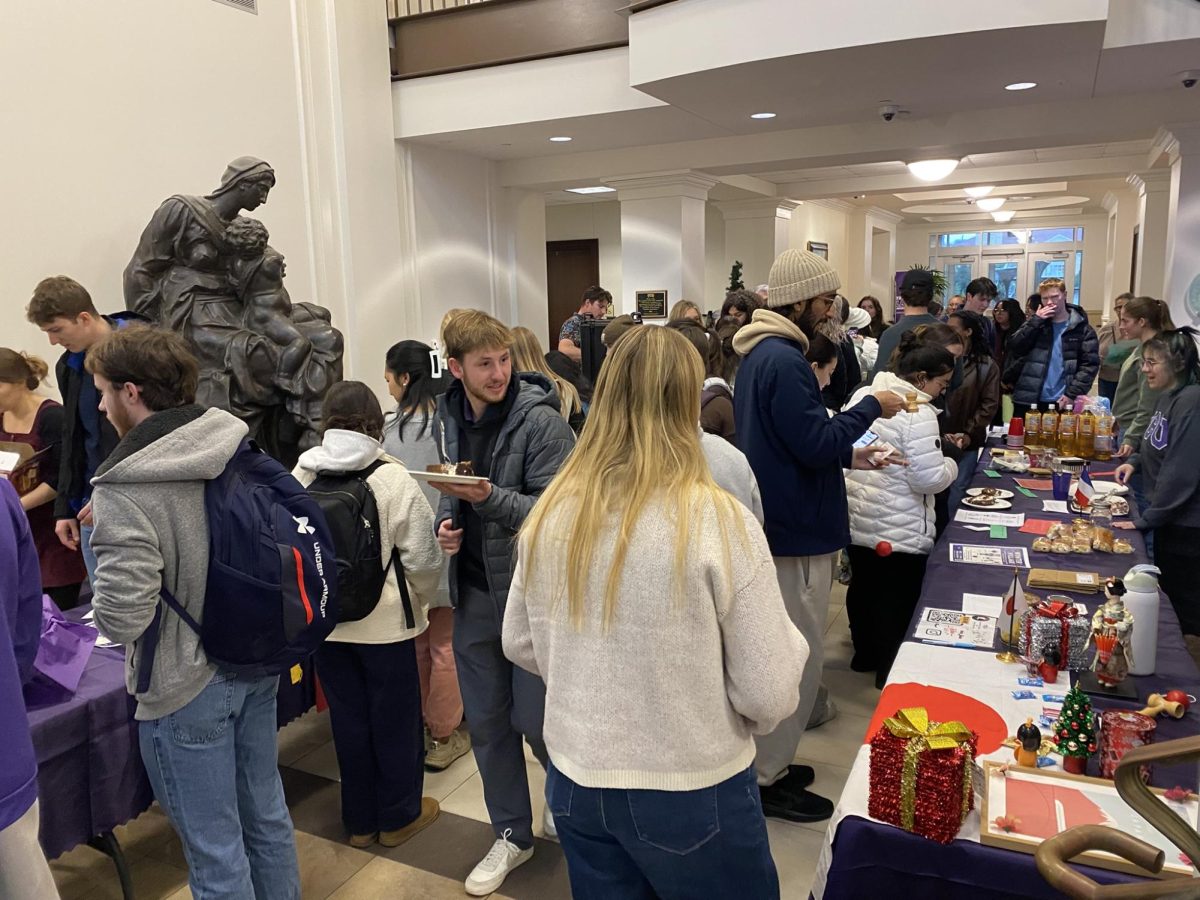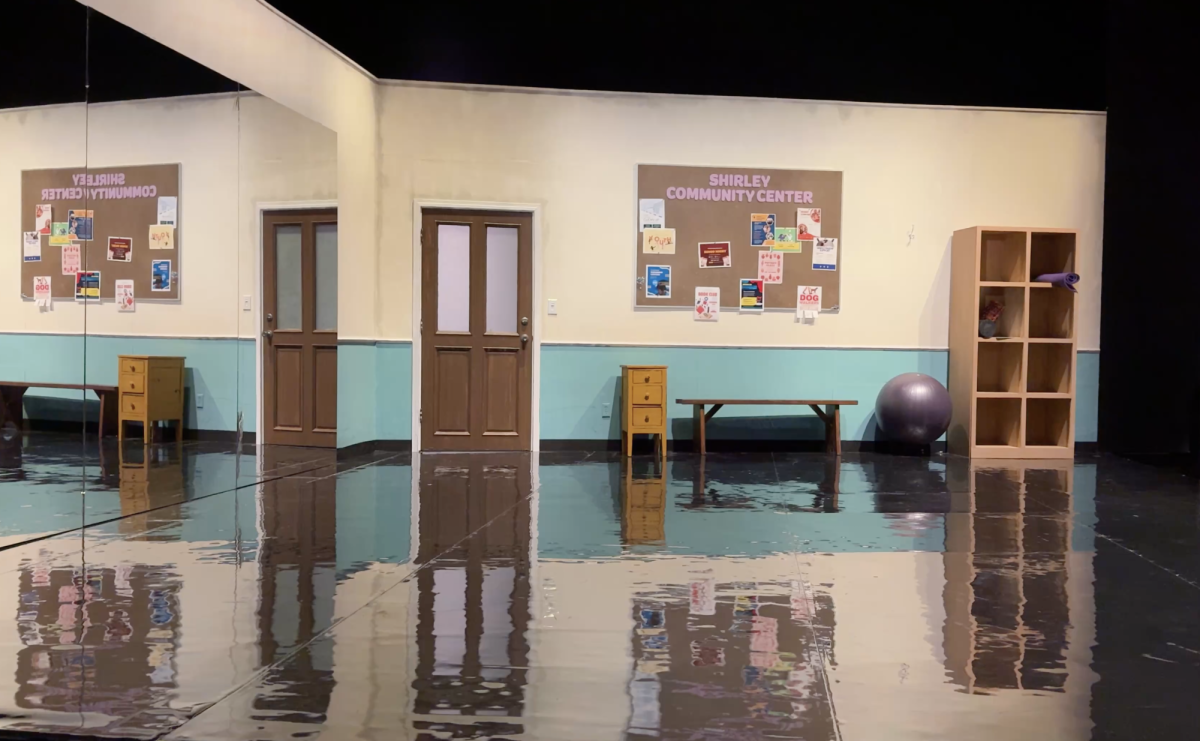TCU students who want to learn more about the voting process and the issues of this year’s campaigns have a new resource.
The university created a Student Voter Engagement website that provides step-by-step guides on researching candidates, understanding ballots and navigating the voting booth. Launched earlier this month, the site joins a growing number of platforms designed to engage young voters.
Rock the Vote, is amongst these platforms, a pioneering website founded in 1990 that continues to empower young voters.
While TCU’s new resource doesn’t have the same longstanding history, both platforms share the mission of engaging and educating voters. After being shown the website, some students were surprised at the complexity of the voting process.
“Are there really that many details to voting?” said Josh Baniewicz, a senior marketing and management major. “I thought I knew how to register.”
According to the resource, campaign materials provide key information about candidates and their platforms. It also shows exactly what to bring to vote and how to correctly fill out a ballot.
For many students, this guidance alleviates anxiety about potential mistakes.
“As a first-time voter, I was somewhat ready to accept that I might mess up my ballot,” said Jacob Fenn, a sophomore majoring in communications. “Knowing exactly how to mark it correctly is really helpful.”
The resource also addresses common misconceptions about voting. For instance, it emphasizes the importance of being informed about candidates before entering the voting booth, as ballots only provide names without further details.
“I actually thought there would be little summaries next to each candidate’s name,” said Jackson Harkness, a senior majoring in supply chain management and business information systems. “Knowing I need to do my homework beforehand is super important.”
Despite its potential impact, the website faces a significant challenge: a lack of awareness among its target audience. This reflects a broader issue of young voters not utilizing readily available educational resources.
When asked about the site, many TCU students admitted they were unaware of its existence.
“This is the first I’ve heard about the website, and I don’t think I would have without being asked about it,” Baniewicz said. “It’s a shame because I could have really used this information last election cycle.”
Students who use the website praise its user-friendly design and clear explanations. However, many echo the sentiment that they wouldn’t have found it without being directly pointed to it.
“It’s great that this exists, but what good is it if no one knows about it?” questioned Harkness.
The challenge of promoting such resources highlights a larger issue in youth voter engagement. While information is often readily available, connecting young voters with these tools remains a significant hurdle.










